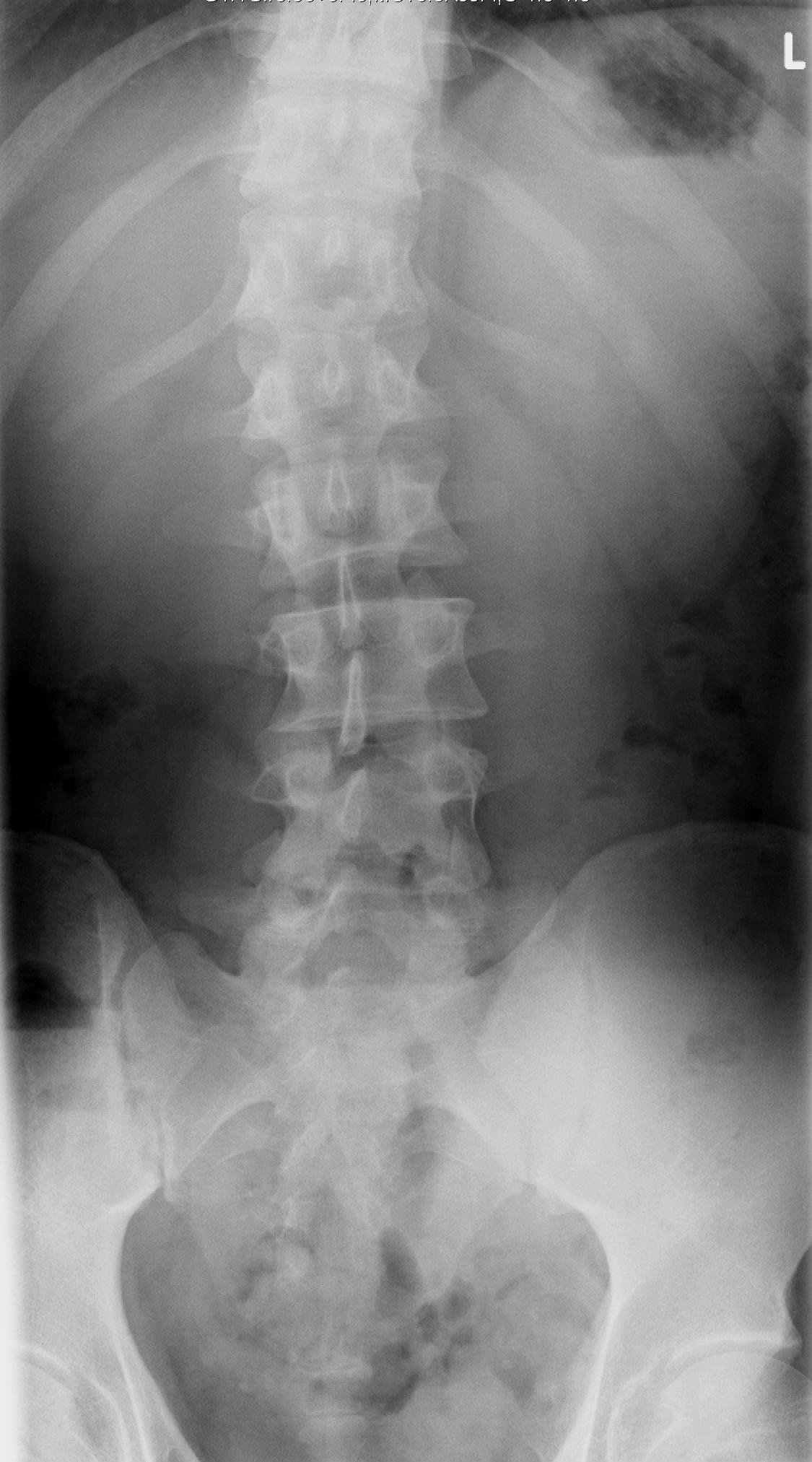 Before we discuss the causes of scoliosis, let’s quickly summarize this term. Scoliosis is used to describe abnormal curvature of the spine. Are spines are supposed to be curved, aren’t they? That’s correct, a slight curve of the spine is required for our bodies to function the way they do. However, when lateral curvature is excessive it can cause pain and be very dangerous in extreme cases.
Before we discuss the causes of scoliosis, let’s quickly summarize this term. Scoliosis is used to describe abnormal curvature of the spine. Are spines are supposed to be curved, aren’t they? That’s correct, a slight curve of the spine is required for our bodies to function the way they do. However, when lateral curvature is excessive it can cause pain and be very dangerous in extreme cases.
One of the most challenging aspects of scoliosis is that the cause is usually unknown. The medical term for this particular type of scoliosis is called Idiopathic Scoliosis. In some cases, scoliosis can be attributed to neuromuscular conditions, such as cerebral palsy or muscular dystrophy. For most people, the origin of the condition can not be traced. Like many conditions, early detection will help prevent the condition from getting worse. Scoliosis can be a progressive condition if left untreated, meaning it may indeed get worse over time.
It does appear that females are more likely to have scoliosis than males, and experts do believe that genetics may also be a factor.
How to Diagnose Scoliosis
Muscular Dystrpoh
In order to get a proper diagnosis, you will need to visit a physician or specialist. Modern technology enables doctors to assess the severity of the scoliosis through x-rays, MRI, and CT scans when necessary. Doctors will be analyzing the excessive curvature of the spine to determine the most appropriate treatment plan. Mild cases of scoliosis are treated with exercise and physical therapy. In some severe cases, bracing will be required and further measure may be taken to prevent the excessive curvature from causing further damage to the body. In extreme cases, spinal fusion surgery may be recommended.
Another challenge with scoliosis is that this condition does not always cause pain. Meaning, you could have scoliosis and not even know about it. If you suspect something may be wrong, visit your doctor and let them do what they are medically trained to do.
If your child complains of chronic pain, or if it appears that your child’s posture is uneven, you should have them checked out. After all, children will not always tell their parents when they are in pain.
You can visit the conditions section of our website to learn more about scoliosis and other pain related conditions.


I love your site because always I found something that interested me. Today I found about scoliosis that is my problem too, so thank You that You write about many problems that people have and always something interesting. Good for You
Hana